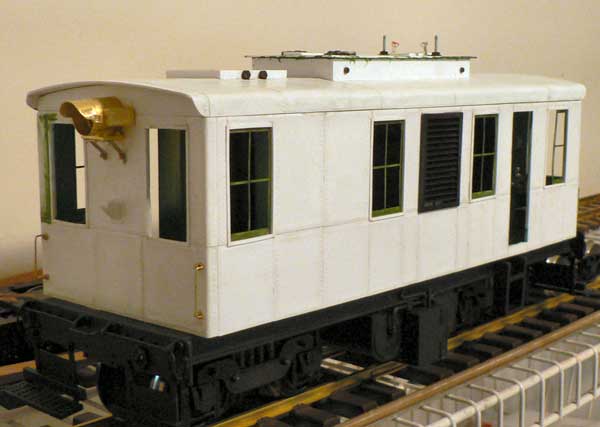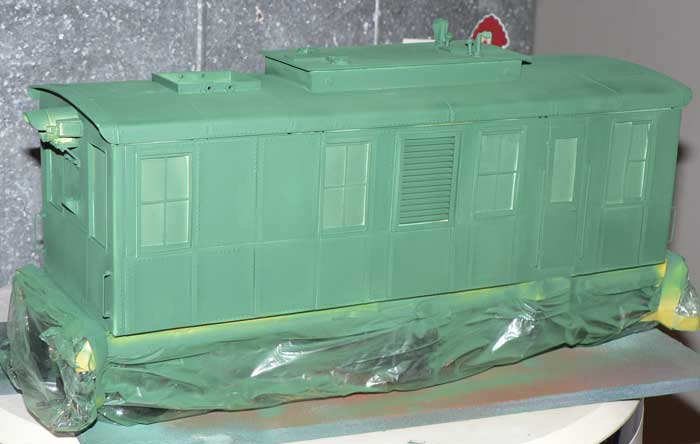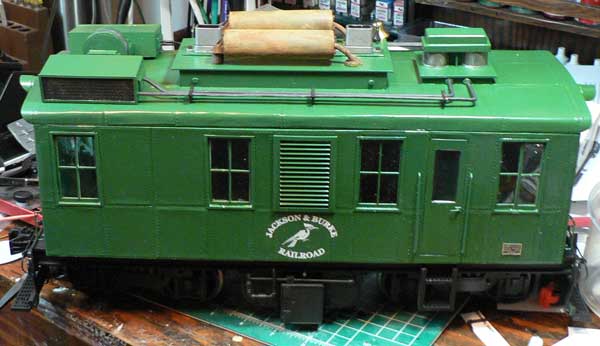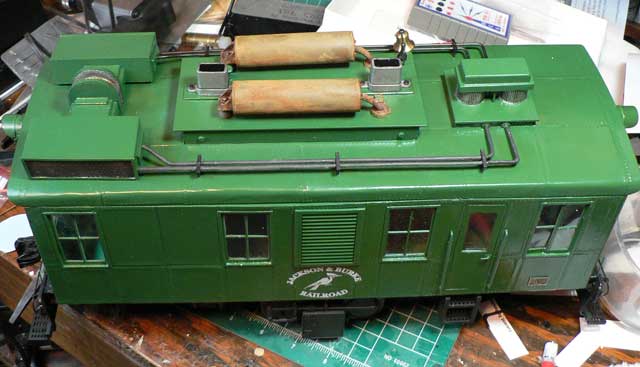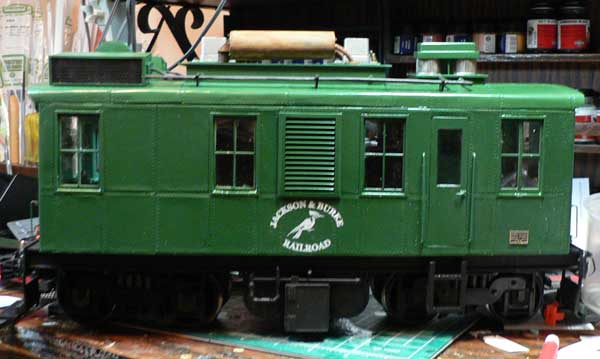Thanks for stopping by. Enjoy my site.
In December, 2005, one of the retailers had a special on the Bachmann 45 ton Diesel.
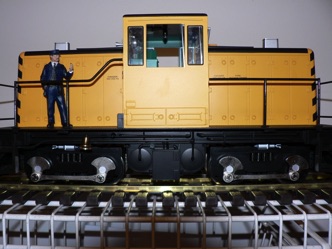
It’s a big model! I powered up a section of track and made sure it worked OK.
It ran nicely, and can go quite slow.
But, it really didn’t fit my era. It’s a bit more modern than I liked, so I decided to do some research and see what I could come up with for changing it.
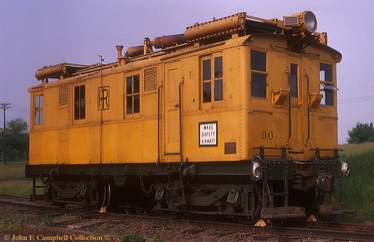
One of the early diesels was this one (to the left) from ALCO, built in 1926. It was a 60 ton “Oil-Electric”.
It’s standard gauge, but I like the basic shape and details.
Since I’m not modeling an exact model, it’s time for some modifications. The Bachmann model comes with some nice see-through grills on the front end of each motor cover and I wanted to use them
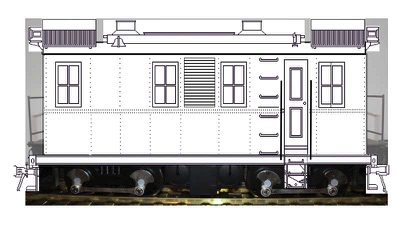
I made a computer mockup on top of a photograph of my model, and added some of my own modifications, including the grill on the side.
I ordered some plastic from Plastruct and started measuring for battery and RC.
I’ll put some detail in the cab, as the windows will let a lot of light in.
The Trucks
I didn’t like the look of the original trucks; while they look OK under that model, they just don’t look like boxcab trucks.
First, I removed the side rods. They serve no functional purpose and were typically not used on boxcabs since they had a traction motor on each axle. I wanted a more open looking truck, so I cut away a lot of the plastic that was hiding the wheels.
I built some journals out of styrene and added some other parts and some cast nuts for “detail”.
I ended up building a frame using styrene sheet and some I-beams as the original one just sat too high. I was able to use the end steps, side steps and coupler lift bars from the original.
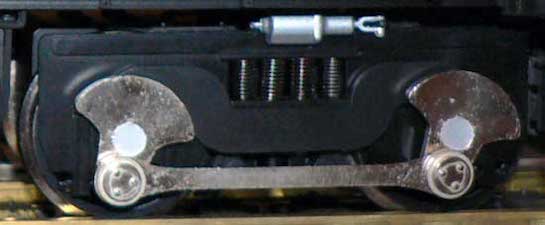
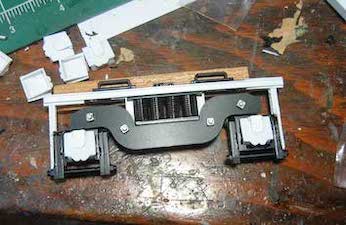
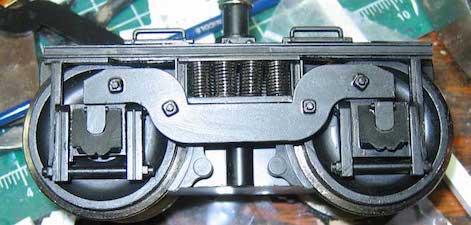
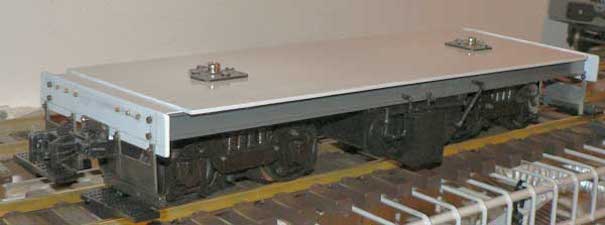
The Body
The first part of buliding the body is to cut the sides and ends from styrene.
Then, I cut the openings.
I made the battery housing look like a diesel engine; at least when viewed through the window, though I’m starting to suspect that my “diesel engine” will be very tough to see once the windows and the roof are in place.
I decided to use the door from the original model.
Next up is the roof. It will have to be removable just in case I ever need to access the electronics.
There are two switches pictured: one for power and one to control the volume of the sound.
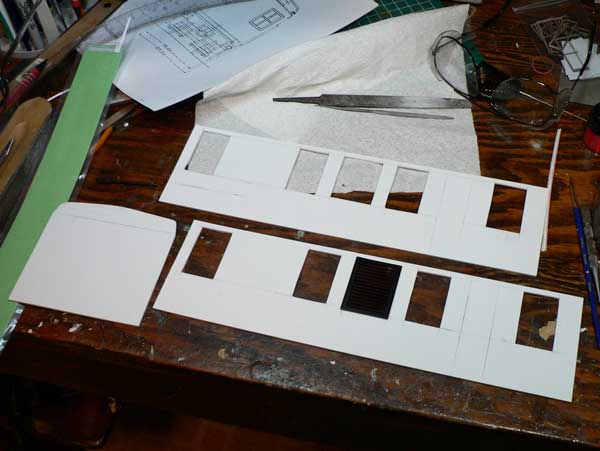
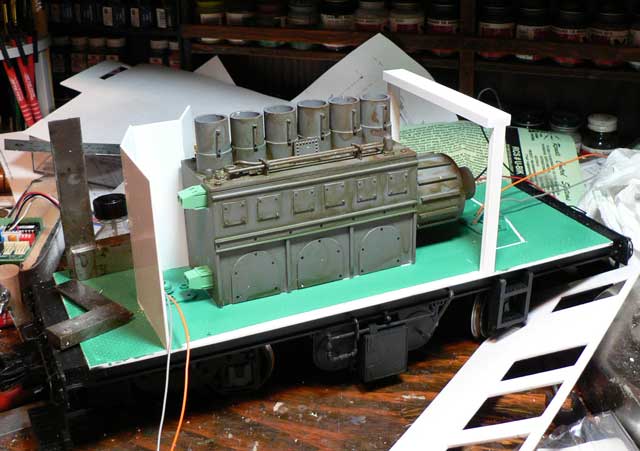
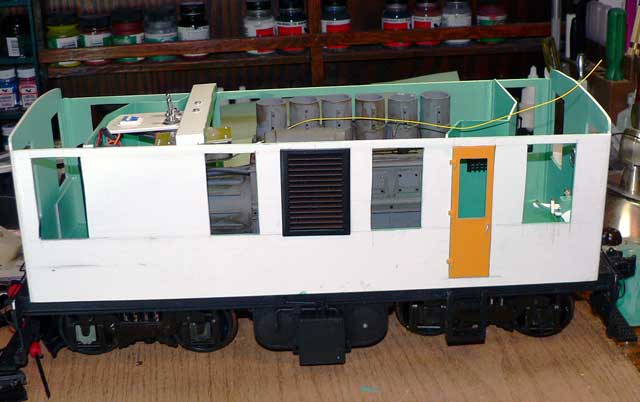
The Roof
The roof needs to be removable, so that I can get to the electronics if necessary.
I started by making a frame, then I used strips of styrene to “plank” it. The strips allow the plastic to easily follow the curve of the roof.
Next, I start on the roof details. First, I wanted some radiator looking bits on top, so I built them out of some brass rod and styrene.
The mufflers are built from styrene tubing.
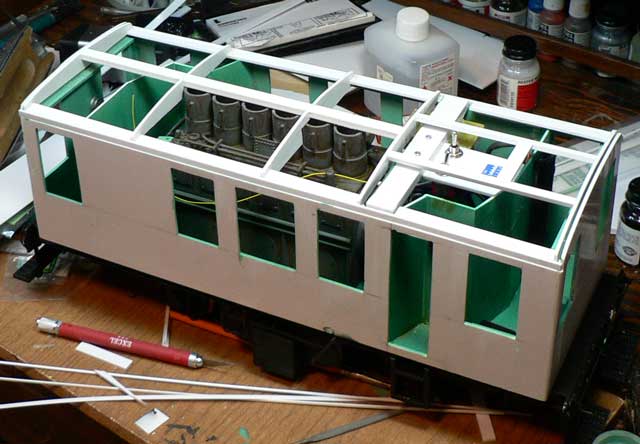
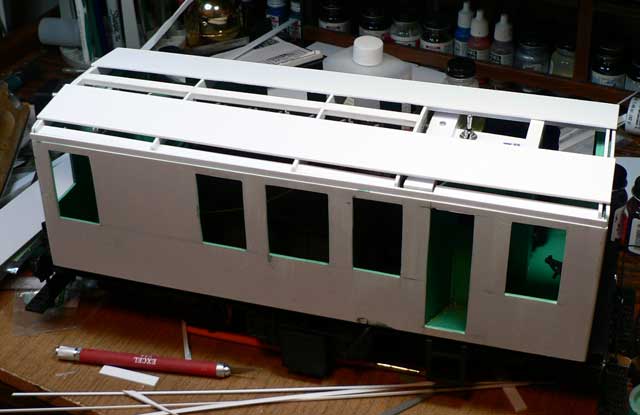
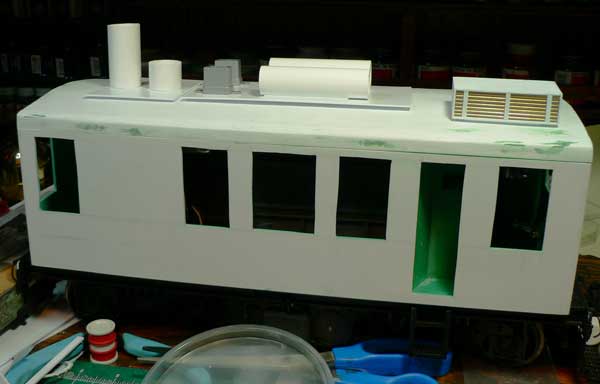
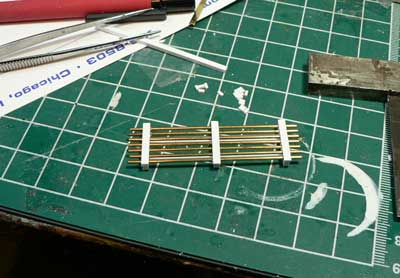
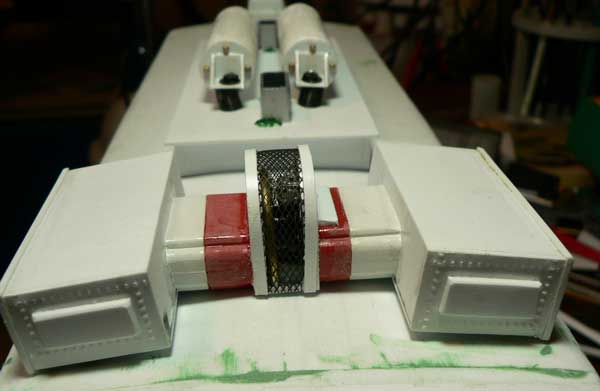
Painting and Finishing
I panel the frame by using individual sheets of .010” styrene cut to shape and then embossed with a rivet pattern using a tracing wheel from the fabric store.
I’ve added the headlights and the grab irons.
The radiators, piping, air cleaner, and mufflers have all been removed so all I have to do is tape it up and send it over to the paint shop.
